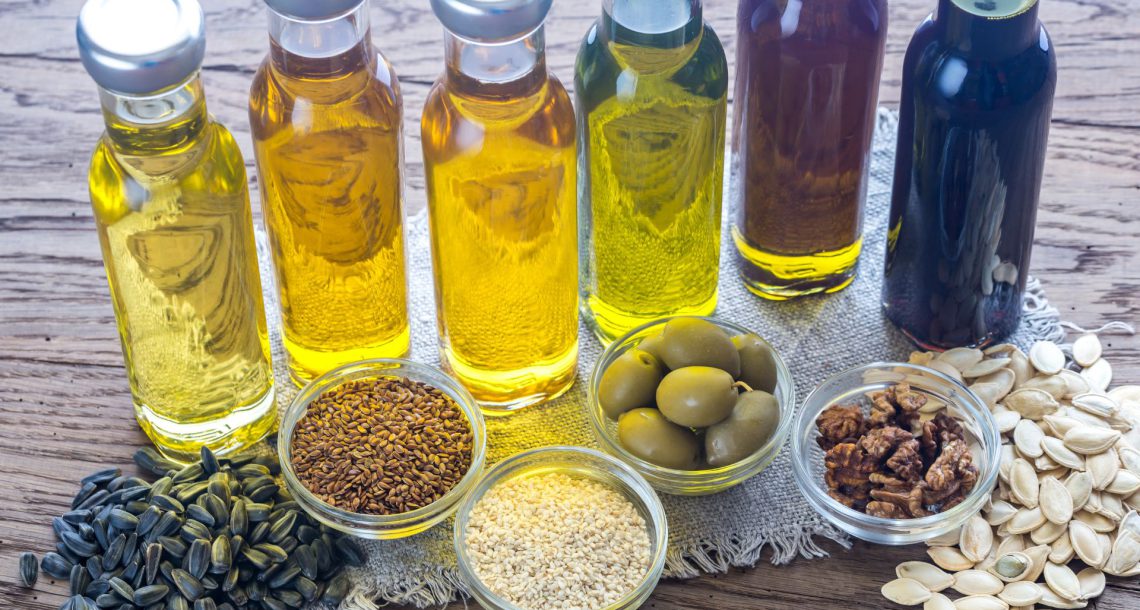-
מאתדיון
-
09/11/2013 בשעה 12:01 #5670
מבקרהמימצאים במחקר הזה מאוד מרשימים, נראה שאין הרבה תרופות שמצליחות להשיג כזו ירידה בסיכון לתמותה ותמותה קרדיווסקולרית בקבוצה כזו של חולים. אם אפשר לקבל קצת יותר פרטים על המדד הזה שבו השתמשו במחקר, ה-AHEI2010 ועד כמה הוא קרוב או דומה לדיאטה ים תיכונית.
-
מאתדיון
-
מאתתגובות
-
10/11/2013 בשעה 16:20 #5671
ד"ר סיגל אילת-אדראם אני מבינה נכון, השאלה היא על האינדקס ובכן: מדד זה פותח על בסיס סקירת ספרות שדרגה את המזונות ורכיבי התזונה שנמצא שהם קשורים לסיכון מופחת לתחלואה כרונית. המדד נע בין 0 (הכי גרוע) ל- 11 (הכי טוב).
במאמר הזה: J. Nutr. June 1, 2012 vol. 142 no. 6 1009-1018
מפרטים כיצד בנו את האינדקס. אני מעתיקה את הטקסט המלווה את הטבלה מכיוון שאת הטבלה המסכמת לא הצלחתי להעביר.Values are means ± SD unless otherwise noted. Researchers are invited to re-create and use the AHEI-2010 score in their own data. AHEI, Alternate Healthy Eating Index.
•
↵2 Vegetable consumption has been associated with lower risk of cardiovascular disease (CVD) (28, 29) and some cancers (52, 53). Green leafy vegetables in particular may lower risk of diabetes (30). All vegetables on the FFQ were included, except for potatoes (including French fries) because they are not associated with lower risk of chronic disease risk in epidemiologic studies (52, 61) and are associated with increased risk of diabetes (62). We considered 5 servings/d as ideal, which reflects the upper range of current dietary guidelines and is consistent with intervention studies of intermediate CVD risk factors (63). One serving is 0.5 cup of vegetables or 1 cup of green leafy vegetables (1 cup = 236.59 g).•
↵3 Fruit consumption has been associated with lower risk of CVD (28, 29) and some cancers (52, 53). We included only whole fruit in our definition, because fruit juice is not associated with lower risk of CVD (51, 61) or cancer (61) and may increase risk of diabetes (64). We considered 4 servings/d to be ideal, which is consistent with the upper range of current dietary guidelines. One serving is 1 medium piece of fruit or 0.5 cup of berries (1 cup = 236.59 g).•
↵4 Greater consumption of whole grains is associated with lower risk of CVD (32), diabetes (31), and colorectal cancer (65). Conversely, refined grains are not associated with lower risk and may increase risk of diabetes, coronary heart disease (CHD), and other chronic diseases (32, 37, 38). We used grams of whole grains, which accounts for the variability of the percentages of whole grain in various “whole grain” products (66). One serving of a 100% whole-grain product (i.e., 0.5 cup of oatmeal or brown rice) contains ~15–20 g of whole grains (per dry weight). We considered 75 g/d to be optimal (~5 servings/d) for women and 90 g/d (~6 servings/d) to be optimal for men on the basis of current guidelines for total grains.•
↵5 Intake of sugar-sweetened beverages, including soda and fruit drinks, is associated with increased risk of weight gain and obesity (67), CVD (35), and diabetes (34). We included intake of fruit juice in this category, given the positive association with risk of diabetes (64) and lack of beneficial effects on CVD (51) or cancer (61).The association with pancreatic cancer risk is not well established (68). We considered ≥1 serving/d to be the least optimal on the basis of the associations in the literature. One serving is 8 oz (1 oz = 28.35 g).•
↵6 Nuts, legumes, and vegetable protein (e.g., tofu) are important sources of protein and contain important constituents such as unsaturated fat, fiber, copper, magnesium, plant sterols, and other nutrients. Nuts and other vegetable proteins have been associated with lower risk of CVD, especially when used as a substitute for other protein sources, such as red meat (41). Nuts are also associated with lower risk of diabetes (42) and weight gain (69), whereas their relation to cancer is inconclusive (70). We considered 1 serving/d to be ideal on the basis of the AHEI recommendations and the current literature. One serving is 1 oz (1 oz = 28.35 g) of nuts or 1 tablespoon (15 mL) of peanut butter.•
↵7 Consumption of red meat and processed meats is associated with greater risk of CHD (48), especially when substituted for nuts, poultry, or fish (41). Red meat and/or processed meats are also associated with higher risk of stroke (45, 46), diabetes (47), and colorectal and other cancers (52, 55). Less than 1 serving/mo was considered to be ideal, with an upper limit of ≥1.5 servings/d. One serving is 4 oz of unprocessed meat or 1.5 oz of processed meat (1 oz = 28.35 g).•
↵8 -Isomers of fatty acids, formed by partial hydrogenation of vegetable oils to produce margarines and vegetable shortening, are associated with higher risk of CHD (71) and diabetes (72). Cutoffs are consistent with original AHEI cutoffs for trans fat.•
↵9 One serving of fish per week, specifically of species high in long-chain (n-3) fatty acids EPA + DHA, is strongly protective against fatal cardiac arrhythmias and sudden cardiac death (73) and may lower the incidence of other CVD (43, 74). EPA + DHA were associated with lower risk of diabetes in some (40, 44), but not all (75), studies, and the relation with cancer risk is unclear. Because of the strength and consistency of fish and EPA + DHA on cardiac arrhythmias and CVD, we included this nutrient in the AHEI-2010 score. The cutoff for optimal intake (250 mg/d) is ~2 4-oz servings of fish /wk, which is consistent with current guidelines (1 oz = 28.35 g).•
↵10 Replacing saturated fats with polyunsaturated fats leads to positive changes in lipid profiles (63), is associated with a lower risk of CHD (36), and may lower risk of type 2 diabetes (76). Furthermore, a low-fat diet had no beneficial effects on CVD risk factors, lipid profile, or blood pressure and did not reduce the risk of CVD, breast cancer, colon cancer, or total mortality (77–79). We gave the highest score to individuals with ≥10% of total energy intake from PUFA on the basis of current guidelines from the USDA and the AHA (50, 80). PUFA does not include EPA or DHA intake.•
↵11 High sodium intake has been associated with higher blood pressure (81), and salt-preserved foods are associated with greater risk of stomach cancer (52), CVD (54), and total mortality (82). Furthermore, sodium-reduced diets significantly lowered blood pressure (83) and CVD risk in clinical trials (84). Large reductions in sodium intake, to levels recommended by the USDA (60), may prevent a substantial number of new cases of CHD (33). The cutoffs for sodium were based on deciles of distribution in the population, due to lack of brand specificity in the FFQ to accurately estimate absolute intake. Values in lowest decile were ≤1112 mg/d in women and ≤1612 mg/d in men and in highest decile were ≥3337 mg/d in women and ≥5271 mg/d in men at baseline.•
↵12 In moderation, alcohol may be consumed as a part of an overall healthy diet. Moderate alcohol consumption has been associated with lower risk of CHD (85), dementia (86), diabetes (87), and all-cause and CVD mortality (88). However, in heavier quantities, alcohol increases the risk of certain cancers (52) and has other health and social implications such as alcoholism and alcohol-related injuries (89). Furthermore, many adults choose not to drink for various reasons. Thus, we assigned the highest score to moderate, and the worst score to heavy, alcohol consumers. Nondrinkers received a score of 2.5. We used gender-specific cutoffs, because the health effects of alcohol are seen at lower quantities in women than in men. One drink is 4 oz of wine, 12 oz of beer, or 1.5 oz of liquor (1 oz = 28.35 g). -
מאתתגובות
- הפורום 'תזונה' נסגר לדיונים ולתגובות חדשות.










